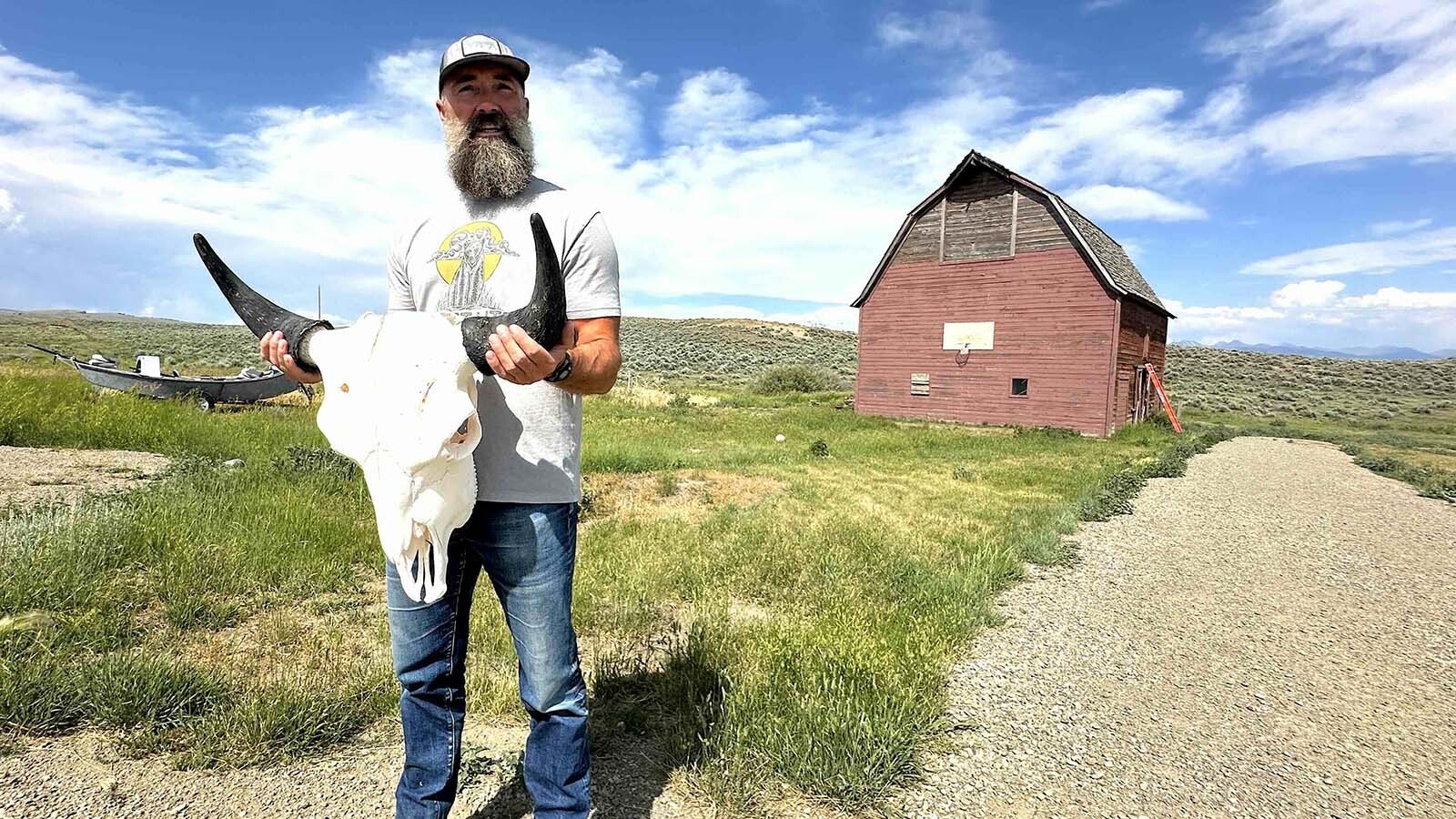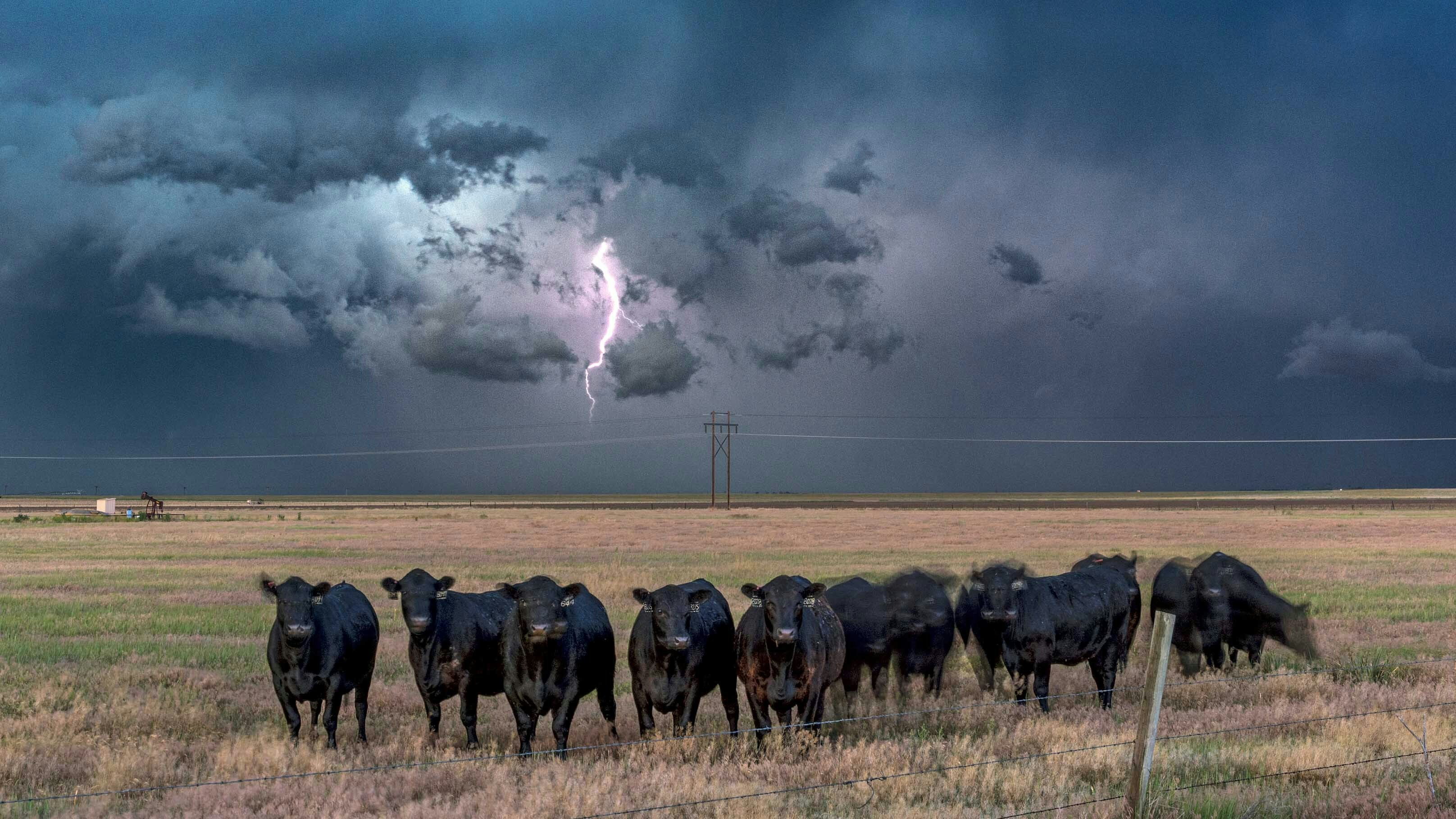A rare sighting of the aurora borealis this week in Wyoming has stirred up some excitement for stargazers.
But if you missed the Northern lights Wednesday night, you may have another chance Friday or Saturday.
Those who stayed up gazing at the night sky on Wednesday were awarded for their patience by the red and green mists in the atmosphere often referred to as the Northern Lights.
And meteorologist Don Day explained that there may be another chance to catch them this week, as the solar storm that causes the phenomenon isn’t over just yet.
“This is a totally natural phenomenon that comes and goes in terms of strength and intensity throughout the course of the year, but also is directly related to solar activity,” he told Cowboy State Daily.
Day predicted that at the time the next aurora borealis becomes visible, skies should be clear, but viewers may have to stay up pretty late to catch them.
“The coronal mass ejection will probably return sometime during the early hours of April 2, so that would mean Friday night, Saturday morning,” he said. “For (Friday) night and Saturday morning, I am expecting less clouds. So, there’s no guarantee, but I would say that the chances of them occurring again in Wyoming Friday night, there’s a fairly good chance.”
Every 11 Years
Day explained that every 11 years or so, the cycle of solar activity increases, causing the sun to shoot off flares that cause waves of energy to shoot toward the earth.
If those waves intersect with the earth’s orbit at just the right time, the ethereal waves of color known as aurora borealis appear.
“In the last year and a half, we have gone into our new solar cycle,” Day said. “And so what has happened is, we’re starting to see more sunspots and they’re getting more active, and we’re getting more and more solar flares.”
Increased solar activity doesn’t just make for pretty pictures, though – it can actually disrupt electronic activity here on Earth.
Disrupt Electronic Activity
More than 150 years ago, an intense geomagnetic storm caused by solar activity took out telegraph systems across North America and Europe and some operators even received electric shocks.
In March 1989, a solar storm caused power failures in Canada. And a Halloween storm in 2003 disrupted aviation for over a day because planes couldn’t be accurately tracked.
As recently as February of this year, SpaceX lost more than 40 satellites due to a giant solar storm, impacting customers of the Starlink internet service.
But solar storms that strong are unusual, according to Day. What is more common is the interaction of this highly charged field of energy with the Earth’s magnetosphere and its upper atmosphere.
“There’s a complex series of reactions that go on that create these visual displays that can be really awesome,” he said. “In the high latitudes, especially when you get up about 60 degrees north latitude, these happen all winter, pretty much almost every night, because that part of the globe is most sensitive to these fields.”
Here in Wyoming, though, and at similar latitudes around the globe, it takes a stronger “coronal mass ejection” (solar flare) to bring the aurora borealis farther south.
“During solar minimums, or during quiet periods, we don’t see these,” said Day. “They are really rare at these lower latitudes.”
Day reported that the Northern Lights were seen as far south as Cheyenne on Wednesday night, but only for an hour, from about 10 p.m. to 11 p.m.
Be Patient
Another solar flare will result in a possible aurora borealis sighting in Wyoming on Friday and Saturday, Day said.
“There was a big solar flare yesterday that did not cause (Wednesday’s) event, but could cause another event on Saturday,” Day said, explaining that it takes a few days for the wave of energy to travel the 97 million miles from the sun to the earth.
“You’ve got to be patient, and to really see these you’ve got to be in a really dark environment,” he noted. “And the pictures you’re getting are people using their cameras, these digital cameras with long exposures to be able to bring out all the colors in them – but I do know that the folks that saw them up in the northern part of the state did say they could see them with the naked eye.”





